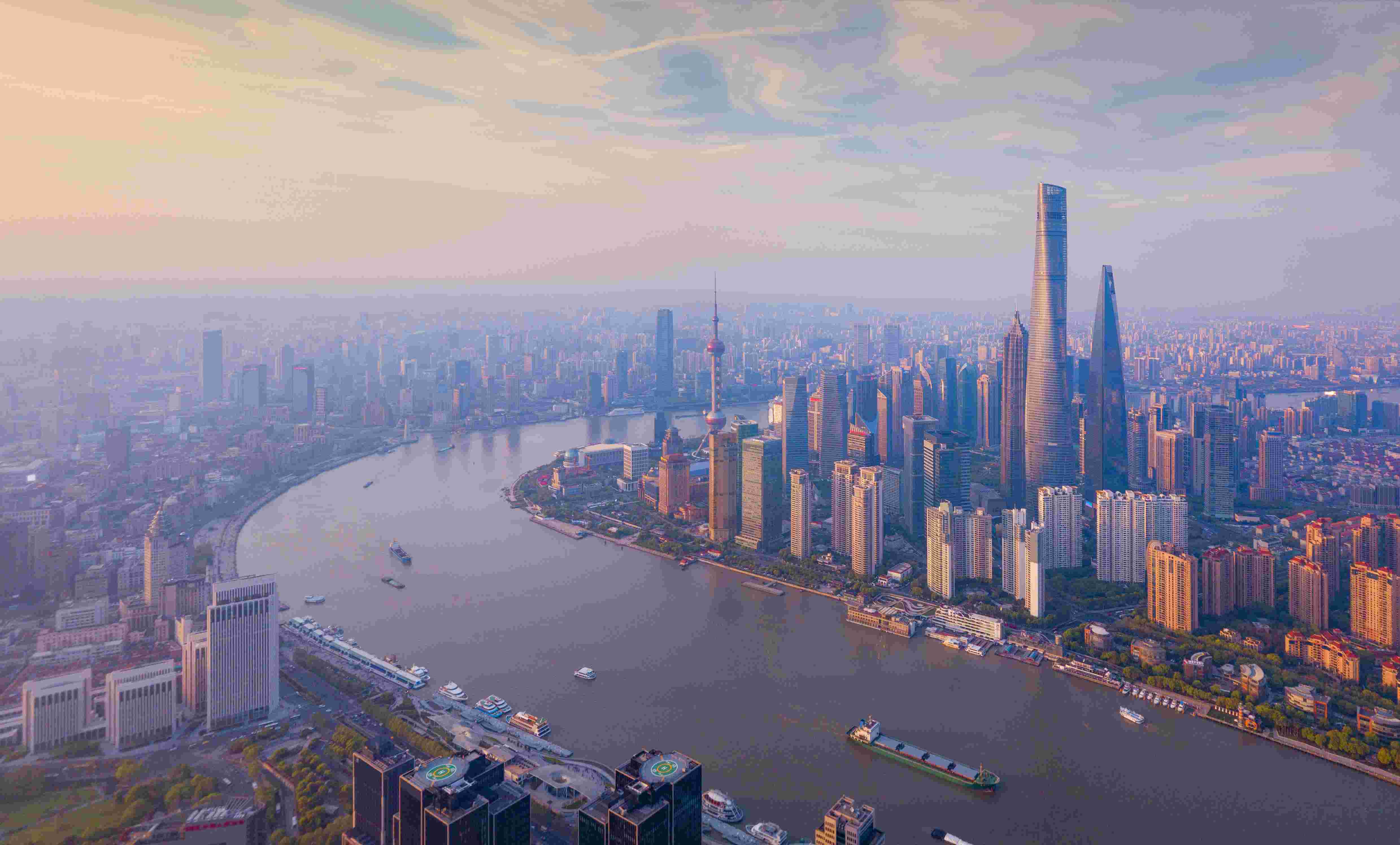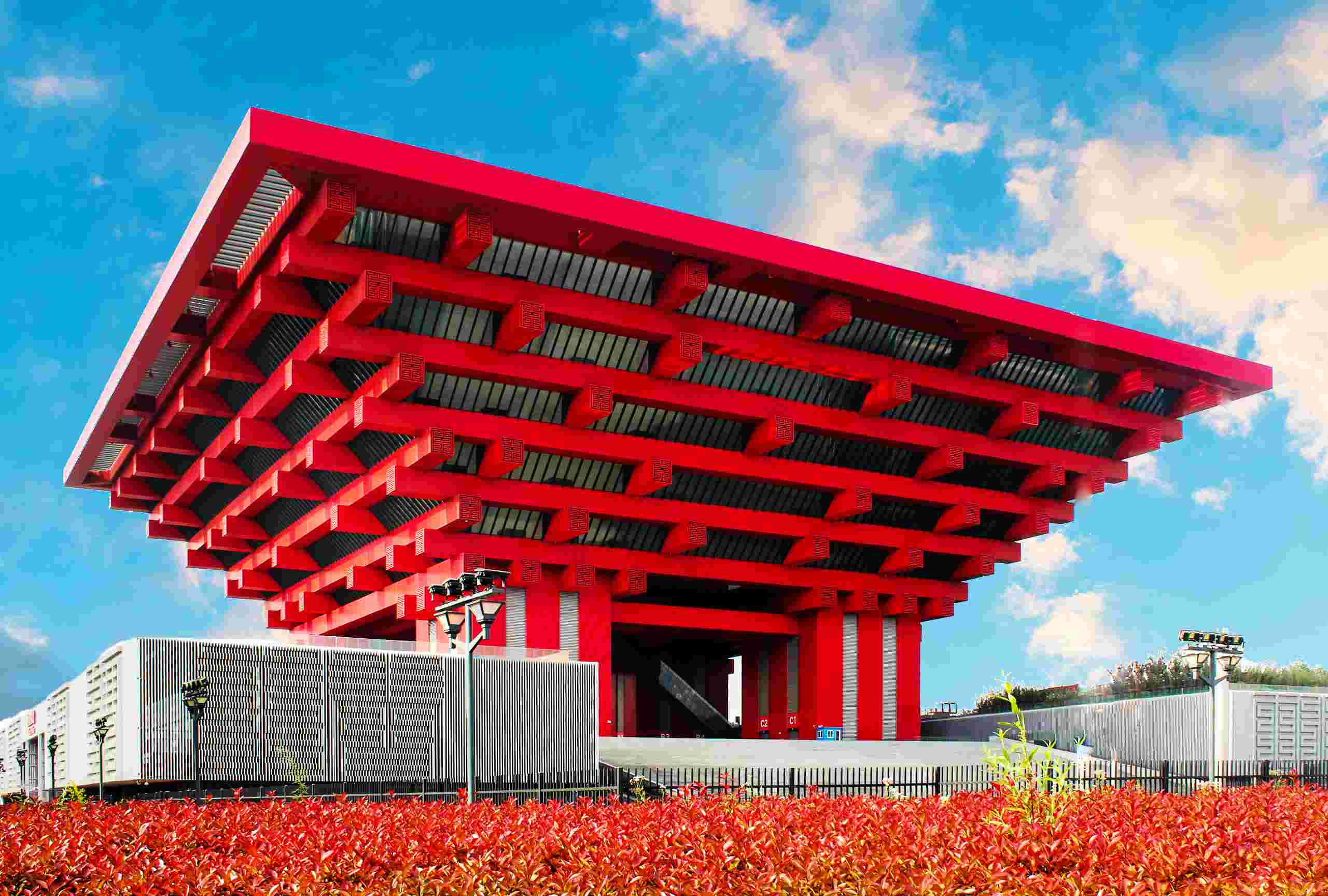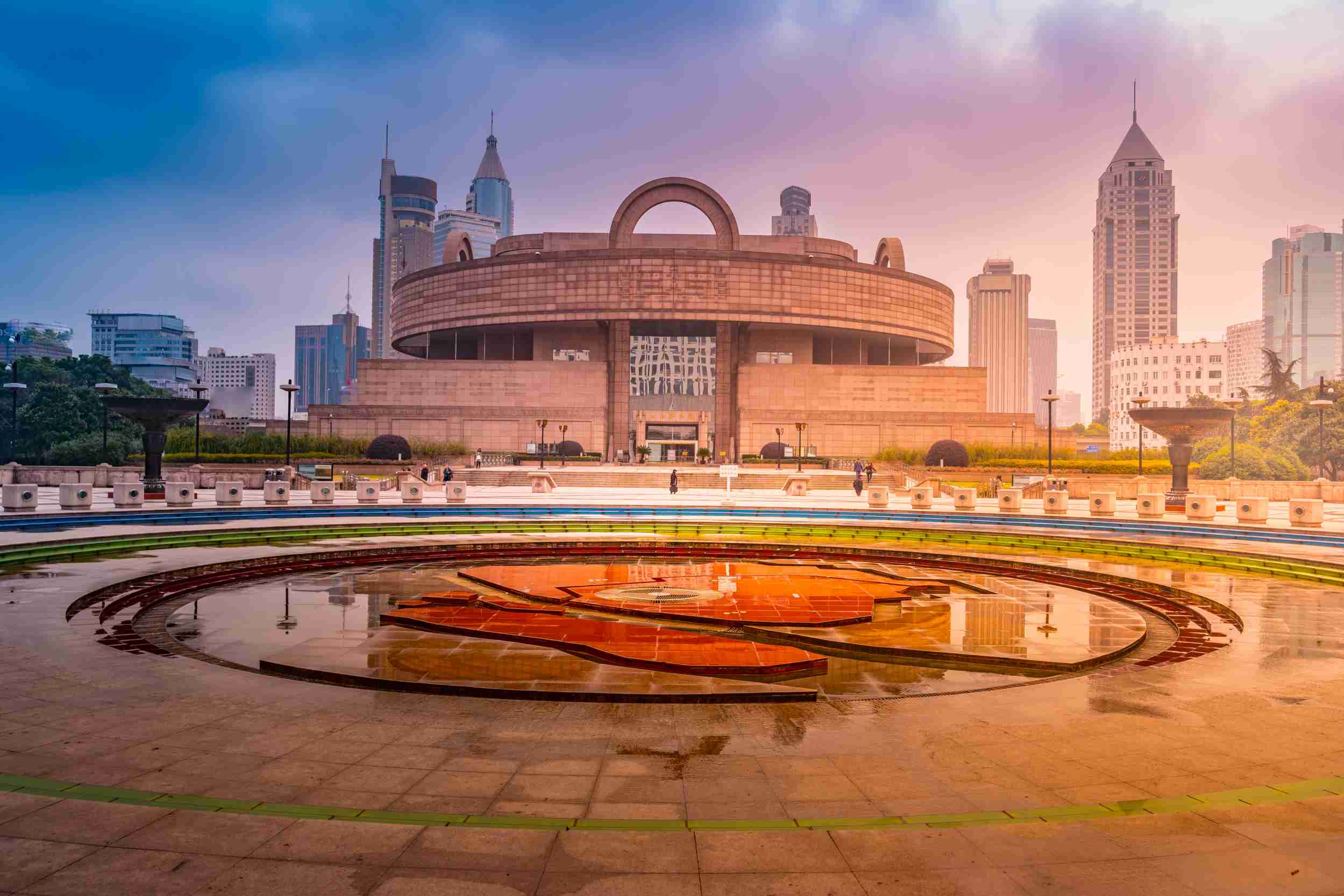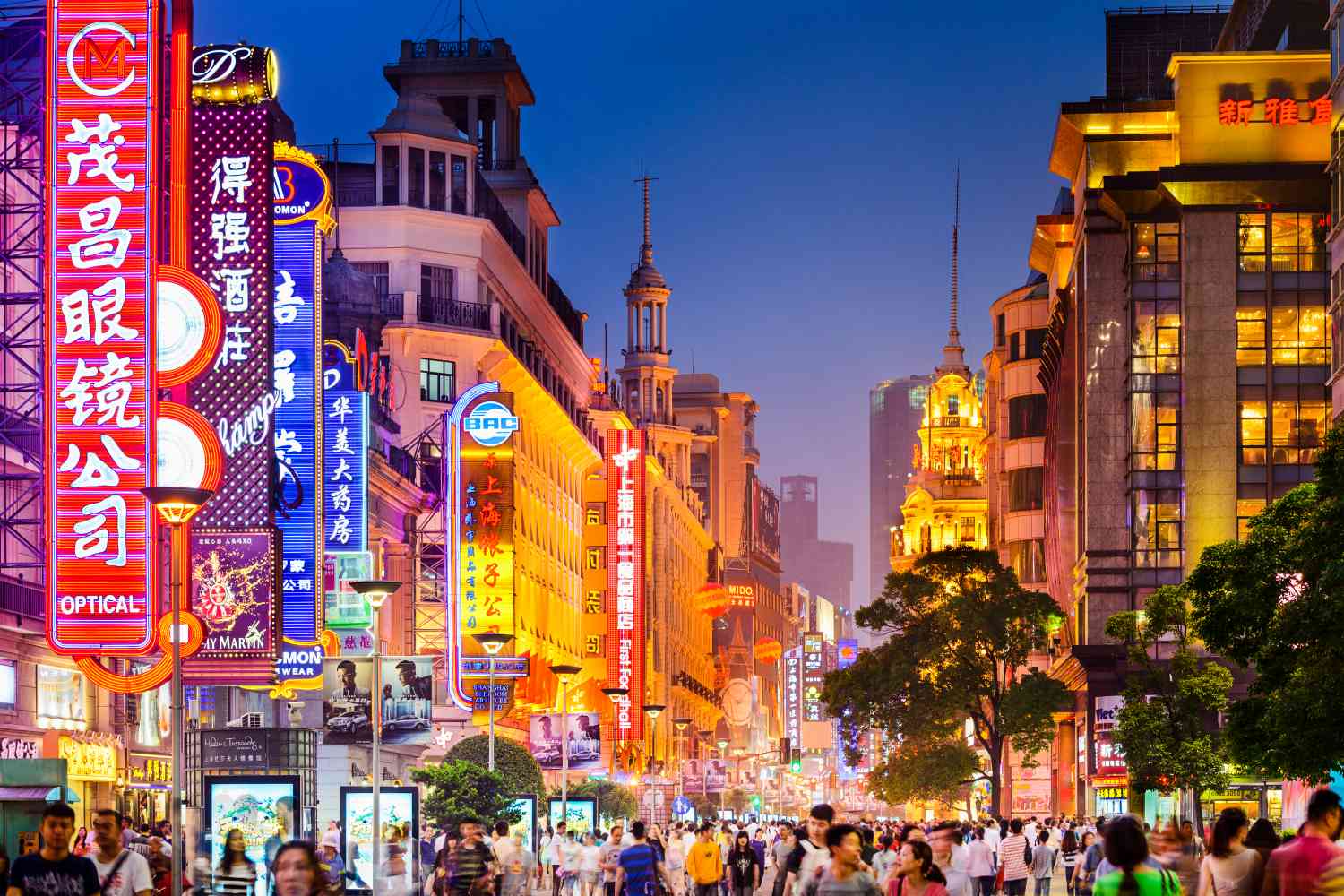About Shanghai
Shanghai is a modern city in the eastern part of China, situated at the mouth of the Yangtze River, facing the Pacific Ocean. It forms part of the Yangtze River Delta along with Zhejiang, Jiangsu, and Anhui provinces, making it one of the most dynamic, open, and innovative regions in China. As of the end of 2021, Shanghai's administrative area covered 6,340.5 square kilometers, comprising 16 districts with a permanent population of 24.89 million.
As China's largest economic and international financial center, Shanghai experienced stable and healthy economic and social development in 2021, with a gross domestic product (GDP) of 43.2 trillion yuan, ranking it fourth globally in total scale. The total trading volume in Shanghai's financial market surpassed 250 trillion yuan, showing a 10.4% growth from the previous year. The city deepened financial reforms, promoted the construction of a global asset management center, an international green finance hub, and an international reinsurance center, and introduced financial innovation products and services such as crude oil options and carbon-neutral bonds. The Sci-Tech Innovation Board became the first nationwide platform covering digital RMB for medical payments, with 377 companies listed, and IPO financing reaching nearly 500 billion yuan by the end of 2021.
Shanghai's status as an international trade and consumption center continued to rise, with total port trade exceeding 10 trillion yuan. The city successfully hosted the China International Import Expo for four consecutive years. Shanghai is driving reforms and innovations in the pilot free trade zone, aiming to construct an international consumption center. It added 1,078 new first stores, and the total retail sales of consumer goods exceeded 1.8 trillion yuan, maintaining its position as the top city in China for five consecutive years.
As an international shipping hub, Shanghai ranks third in the world according to the Development Index of the Xinhua-Baltic International Shipping Center. Both airport passenger throughput and cargo throughput maintained the third and first positions globally, respectively. The city is also pushing forward technological innovation, building an international sci-tech innovation center and achieving significant technological breakthroughs, such as the ultra-strong and ultra-short laser experimental device and mass production of high-end general-purpose graphics chips.
Shanghai boasts a rich cultural atmosphere, blending historical and modern landmarks. Iconic structures like the Bund, People's Square, Oriental Pearl Tower, and Shanghai Tower represent the city. Creative districts such as Bridge 8, M50, and 800 Show drive the development of the creative industry. Historical landmarks include the Memorial Hall of the First National Congress of the Communist Party of China, Longhua Temple, and Yuyuan Garden, showcasing Shanghai's long history.
In terms of cuisine and shopping, bustling areas like Old City God Temple, Nanjing Road, Jing'an Temple Commercial District, and Huaihai Middle Road-New World cater to diverse needs with a variety of snacks, fashionable shopping, and high-end brands. Representative Shanghai dishes include Xiaolongbao (soup dumplings), Shengjianbao (pan-fried buns), Nanxiang Mantou (steamed buns), Youtiao (deep-fried dough sticks), Malatang (spicy hot pot), Tangcu Paigu (sweet and sour spare ribs), Hongshao Rou (braised pork), Qingzheng Luyu (steamed perch), Cha Nian Gao (stir-fried rice cakes), and Babao Fan (eight-treasure rice).
In conclusion, Shanghai, as a modern metropolis in China, thrives in terms of economic prosperity, cultural richness, and technological innovation. It is not only an international financial and trade center but also a vibrant city that encapsulates both historical heritage and future development.












